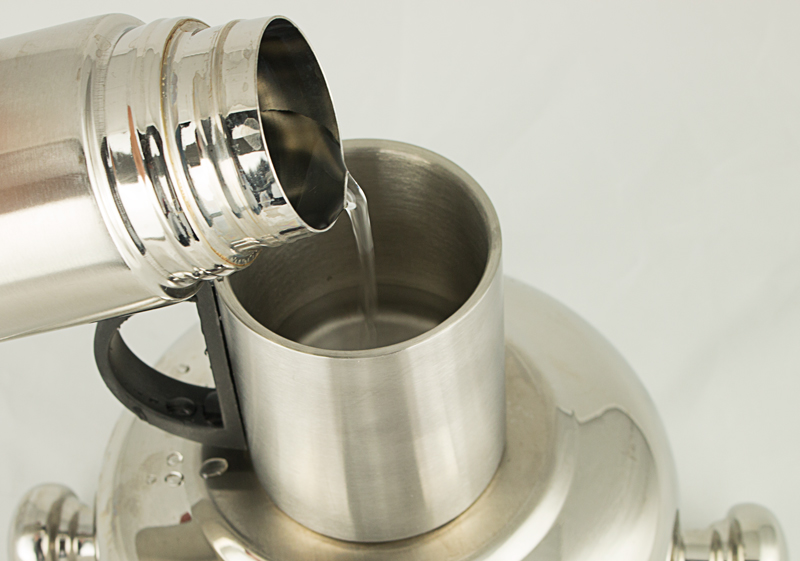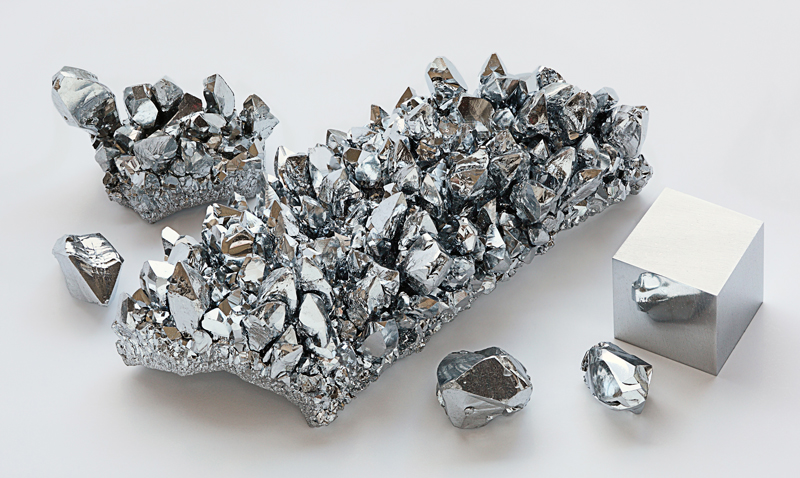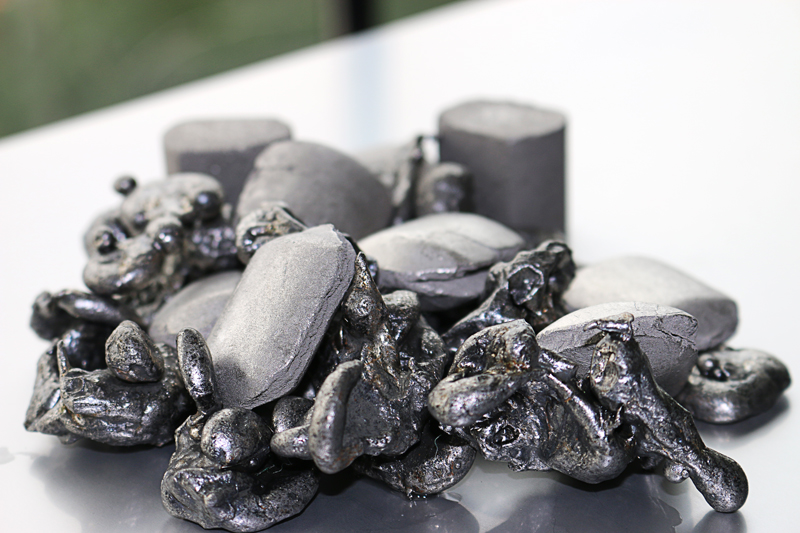Clean and hygienic stainless steel
Stainless steels have a wide range of applications including those where human health may be involved. In close direct contact with the human body as with jewellery, cutlery, medical devices and implants, in food industry, in kitchens, in pharmaceutical industry and in plumbing systems where materials are expected to perform without exerting any negative influence on and to be easy to clean.
Living organisms have been naturally adapting to the exposure of metals present in the environment often in small quantities, such as chromium and nickel, main alloying constituents of stainless steel. Anything entering the body in excess, whether it be in the form of nutrition, drugs, metallic elements or even vitamins can have a negative influence.
Stainless steel does not contain hexavalent chromium (Cr VI)
Elemental chromium (Cr) is biologically inert; it is not absorbed and has no nutritional value. Divalent chromium (Cr II) is not present in biological systems; almost all chromium naturally found is trivalent (Cr III) and hexavalent chromium is mostly of industrial origin. Chromium toxicity is associated with Cr VI whereas trivalent chromium is considered to be a highly safe mineral, which enters the organism trough the digestive system and it is essential to normal carbohydrate, lipid and protein metabolism, being used even as nutritional supplement.
Drinking water, a source of nickel
The main path for divalent nickel (Ni II) to enter the organism is through the digestive systems; indeed many kinds of food contain appreciable amounts of nickel. Diets high in dark chocolate, nuts, peas and grains could supply more than 900µg/day while conventional diets usually provide around 150µg/day. The levels of nickel found in drinking water from sources around the world vary from 5-20µg/l.
The stainless steel families depending on their microscopic structure:
- Austenitic
- Austenitic-ferritic
- Ferritic
- Martensitic
Applications of stainless steels with relation to human health
- In contact with human skin: austenitic stainless steel 1.4301 and 1.4307, ferritic stainless steel 1.4016 and martensitic 1.4021 and 1.4122 according to EN, have been used during decades in handrails, bottle openers, cutlery and kitchen equipment.
However nickel allergy can be found in some individuals in case of direct and prolonged contact of metallic articles such as jewellery, watch backs, etc.
- In contact with the human tissue, medical devices and implants: in the EU, the Council Directive 93/42/EEC defines implants as medical devices that are exposed to human tissue for more than 30 days. Three definitions should be noticed based on the duration of the contact with the tissue:
- Transient: for continuous for less than 60 minutes
- Short term: for continuous for not more than 30 days
- Long term: for continuous for more than 30 days
Commercial grade stainless steels could be used in contact with human tissue in transient medical devices and for up to 30 days in short term medical devices. For example, pins made from stainless steel 1.4401 could be used in conjunction with fixation devices to repair fractured bones. In this case they are classified as short term and surgically invasive devices, because they pass through the skin and are fixed into bone.
The use of stainless steels in surgical instruments, medical devices and implants is safe for human health. It is based on many decades of practical experience and is subject of international standards.
- In contact with food and beverages: the extremely wide usage of stainless steels as food contact materials reflects the fact that stainless steels resist corrosion by foods and beverages. In addition they are readily cleaned, thereby providing hygiene in food preparation and handling. No flavours or discoloration are imparted to foods and beverages in contact with stainless steels.
Studies of the migration of chromium and nickel from cooking utensils made of ferritic and austenitic stainless steel have shown that its contribution to an average daily diet is negligible compared with the natural contents of these elements in food-stuffs.
-
In contact with drinking water: using an appropriate grade of stainless steel for plumbing systems no intolerable migration of the alloying constituents from the stainless steel into the drinking water is to be expected. Using these kinds of stainless steels for plumbing systems is safe for human health. The chloride content of drinking water is the reason why molybdenum-containing stainless steels are used for plumbing.
As a conclusion, in comparison with other materials, stainless steel surfaces have greater cleanability and require lower concentrations of disinfectant to achieve a satisfactory level of hygiene. The cleanability of stainless steel is comparable to glass and significantly better than that of polymers and other usual metallic materials.
From the original document “Stainless Steel – when health comes first”


